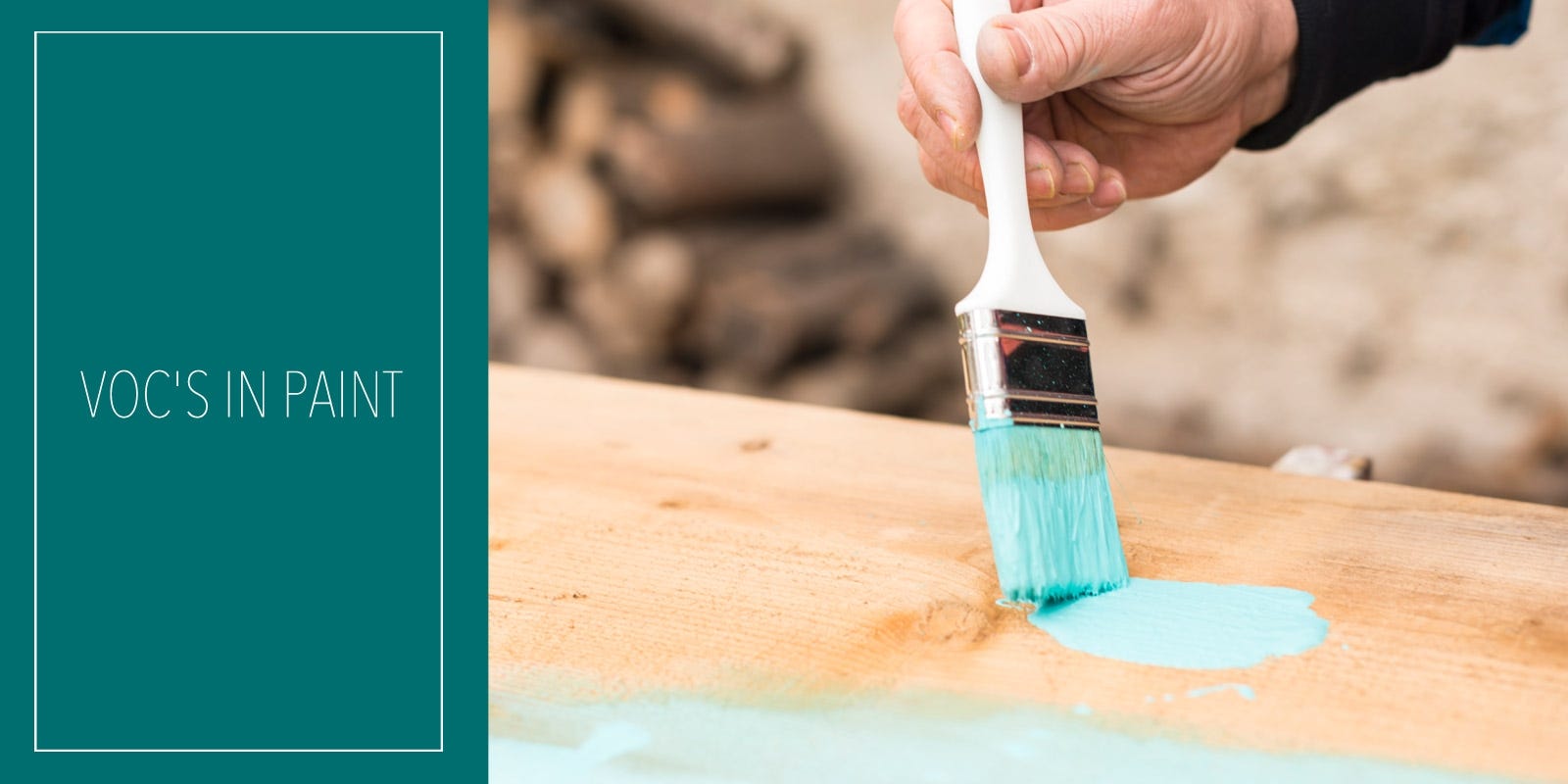
What Are Volatile Organic Compounds (VOCs) In Paint?
VOCs are unstable, carbon-containing compounds that readily evaporate into the air at room temperature. When they enter the air, they react with other elements to produce ozone. When present in high concentrations at ground level, ozone, has been shown to cause a multitude of negative environmental and health effects including, air pollution, breathing problems such as asthma and bronchitis, headache, burning, watery eyes and nausea. Some VOCs also have been linked to cancer, as well as kidney and liver damage.

There are many different VOCs found in our environment; some occurring naturally and some man made. More attention was given to VOC’s when concerns mounted over the ozone layer. More recently, VOCs have become the focus of our indoor air quality and are associated with many household items such as cleaners, paints, carpets, and furniture. Indoor VOC levels have been recorded regularly at 10 times higher than outdoor levels and up to 1,000 times higher immediately after painting. Paint-related products are one of the worst environmental offenders. They're the second largest source of VOC emissions into the atmosphere after automobiles, responsible for roughly 11 billion pounds every year.
Paint has three main components; the pigment, the binder, and the solvent. The pigment is the component of the paint that gives it color. The binder or medium, is the component that is used to help the color or pigment adhere to the painted surface. Lastly, the solvent, or carrier, is used to prevent the paint from drying too quickly, keeping it in the usable liquid form. When you hear the terms water based or oil based paints, they are referring to the solvent. Generally, oil based solvents have higher quantities of VOC than water based solvent paints. Latex paint is an example of a water based solvent, which has lower VOC levels and is generally more environmentally friendly than oil-based paints. Paints also contain toxic fungicides to prevent mildew growth, and biocides, which are used as preservatives to extend the full shelf life. Toxic biocides can be detected in the air five years after the paint containing the chemicals is applied. Like VOCs, fungicides and biocides contaminate both indoor and outdoor air. If paint is not disposed of properly, they can also seep into groundwater. Instead of chemical pigments, look for paints made with all-natural pigments.
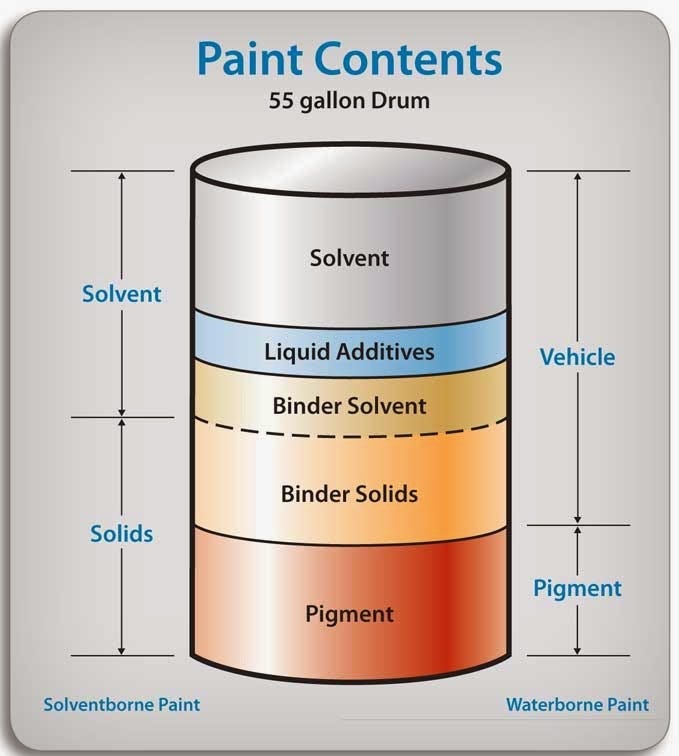
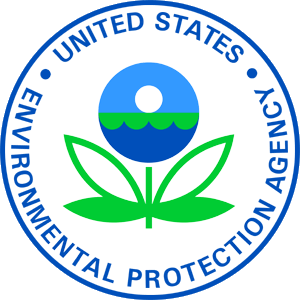
Replacing the oil-based solvent does not remove all of the toxins, however. Pigments and binders may also contain VOCs, and all three components often contain a range of other toxins. For example, cadmium and chromium -- dangerous metals regulated by the U.S. Environmental Protection Agency -- are sometimes used in pigments. In addition, some paints include toxic materials to prevent mold growth or extend shelf life.
While a low-VOC label on paint indicates only that it's lower in VOCs than traditional paints, some paints eliminate the other toxins as well. Most low-VOC paints tend to have levels of 50 g/L or below. However, numbers cited on the paint can are measurements taken before the paint's pigment or any additives are added, both of which can contribute more VOCs. Pigments, for example, can add roughly 10 g/L.
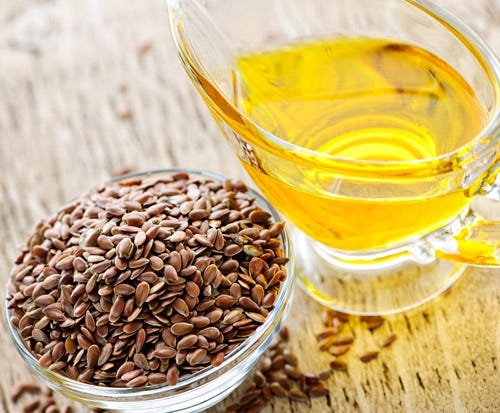
There are natural paints that are made primarily of naturally occurring materials like clay, lime, linseed oil and chalk. Since they don't use any synthetic oil products, natural paints are "naturally" low in the VOCs regulated by the EPA for air quality. However, they may contain significant levels of unregulated VOCs from things like citrus oils and terpenes, which can aggravate chemically sensitive people. Just because a paint is labeled natural doesn't mean it's better for your health. Cadmium, for instance, a metal used in some yellow pigments, is highly toxic. Therefore, it's best to always check the ingredients on the label.
Although low-VOC paints may be a healthier alternative, they do come with some drawbacks. While most low- Depending on what they use as solvent, they may not do as good a job at thinning out the paint, making them more difficult to apply. Some alternate solvents also take longer to dry (since they're not so "volatile"), so you'll have to wait longer between applying coats. Another drawback is that there are fewer color options because many of the darker pigments use VOCs. Performance aside, the price may be prohibitive, as natural paints may cost 20 to 80 percent more than their low-VOC counterparts.

Beyond considering levels of VOCs and other toxins when you purchase paint, another good piece of advice is to look for one that contains at least 30 percent solids. That way, maybe you won't have to apply that third coat after all. This information is usually found on the paint's label or Technical Data Sheet.
Everything You Need To Know About Futons

 What Houseplants Are Best For Cleaning The Air?
What Houseplants Are Best For Cleaning The Air? What To Consider When Buying A Futon?
What To Consider When Buying A Futon? Why Buy A Futon
Why Buy A Futon What Wood Is Best For Beds?
What Wood Is Best For Beds? What Are Futon Frame Styles?
What Are Futon Frame Styles? What's The Most Comfortable Futon Mattress?
What's The Most Comfortable Futon Mattress? What Are The Sizes Of Futons?
What Are The Sizes Of Futons? How To Care And Maintain Your Futon?
How To Care And Maintain Your Futon? What Furniture Is Best For My Health?
What Furniture Is Best For My Health? What Causes Poor Indoor Air Quality?
What Causes Poor Indoor Air Quality? Do Mattresses Contain Volatile Organic Compounds (VOCs)?
Do Mattresses Contain Volatile Organic Compounds (VOCs)? Sleep VOC Free
Sleep VOC Free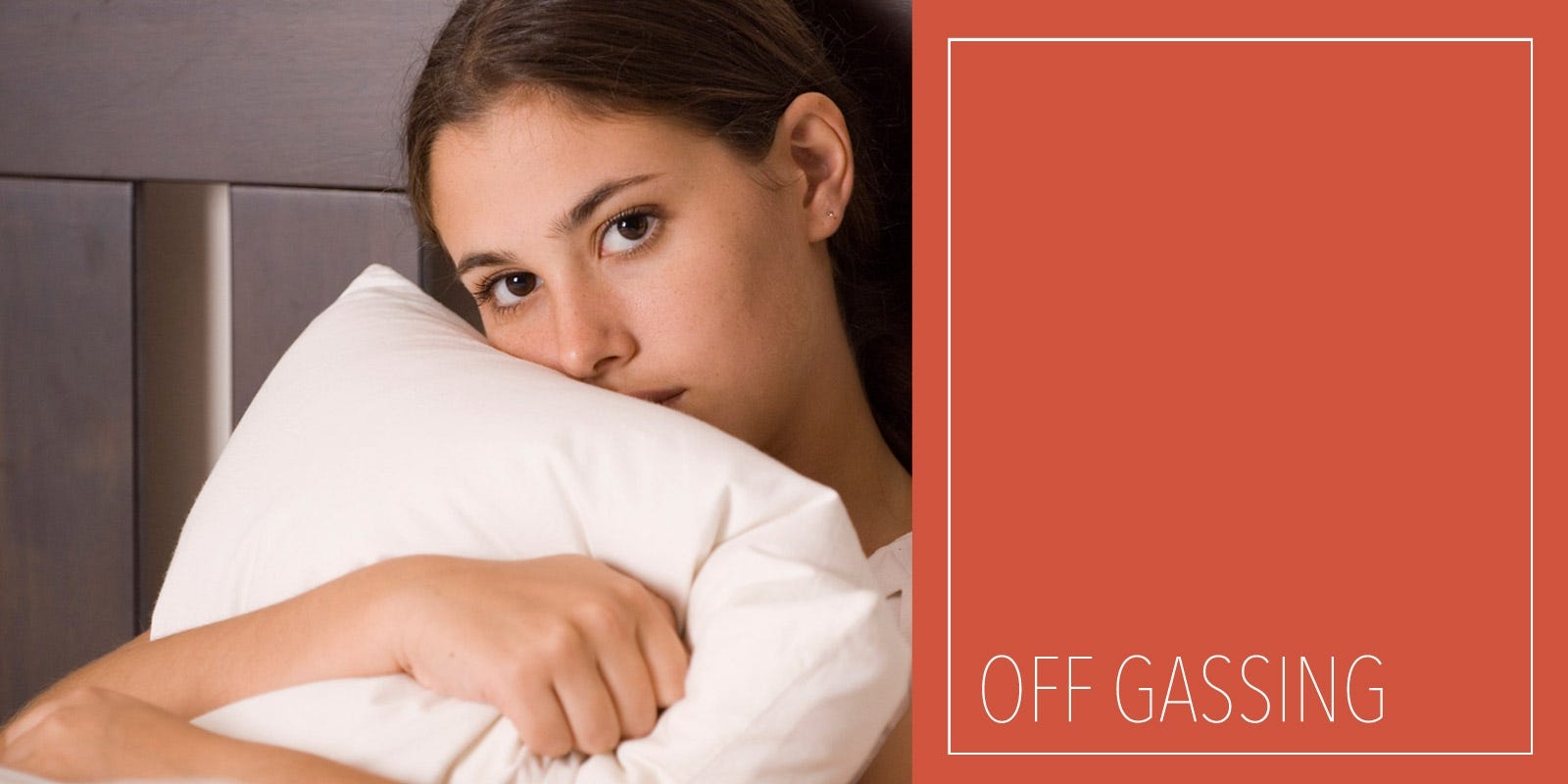 What Is Off Gassing?
What Is Off Gassing?




